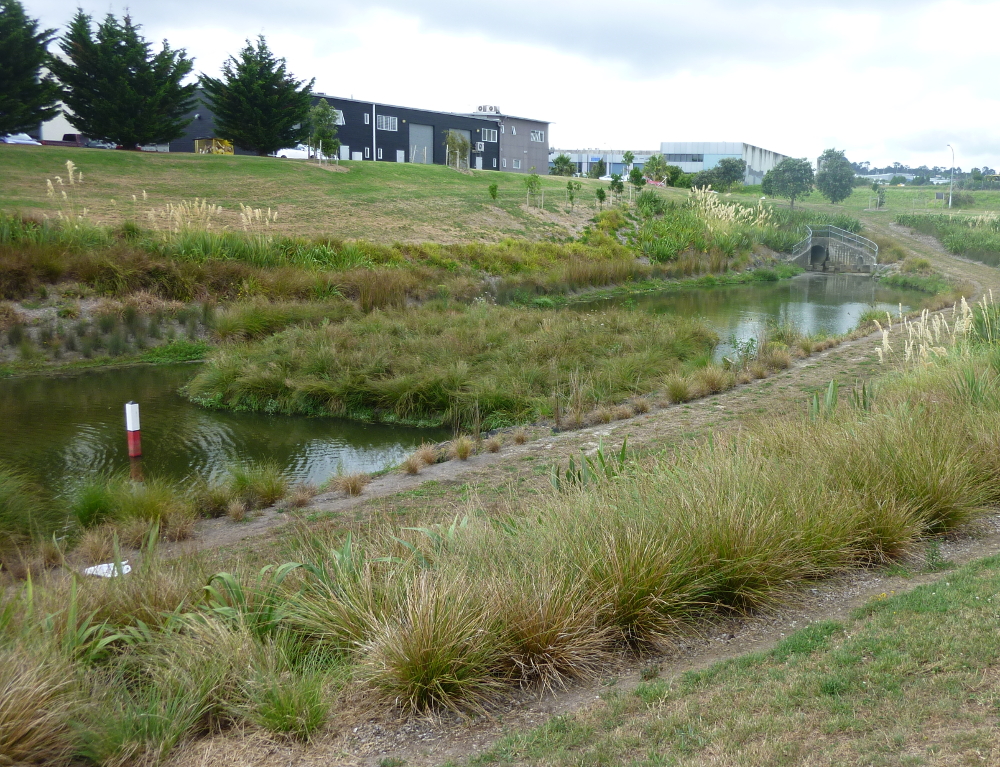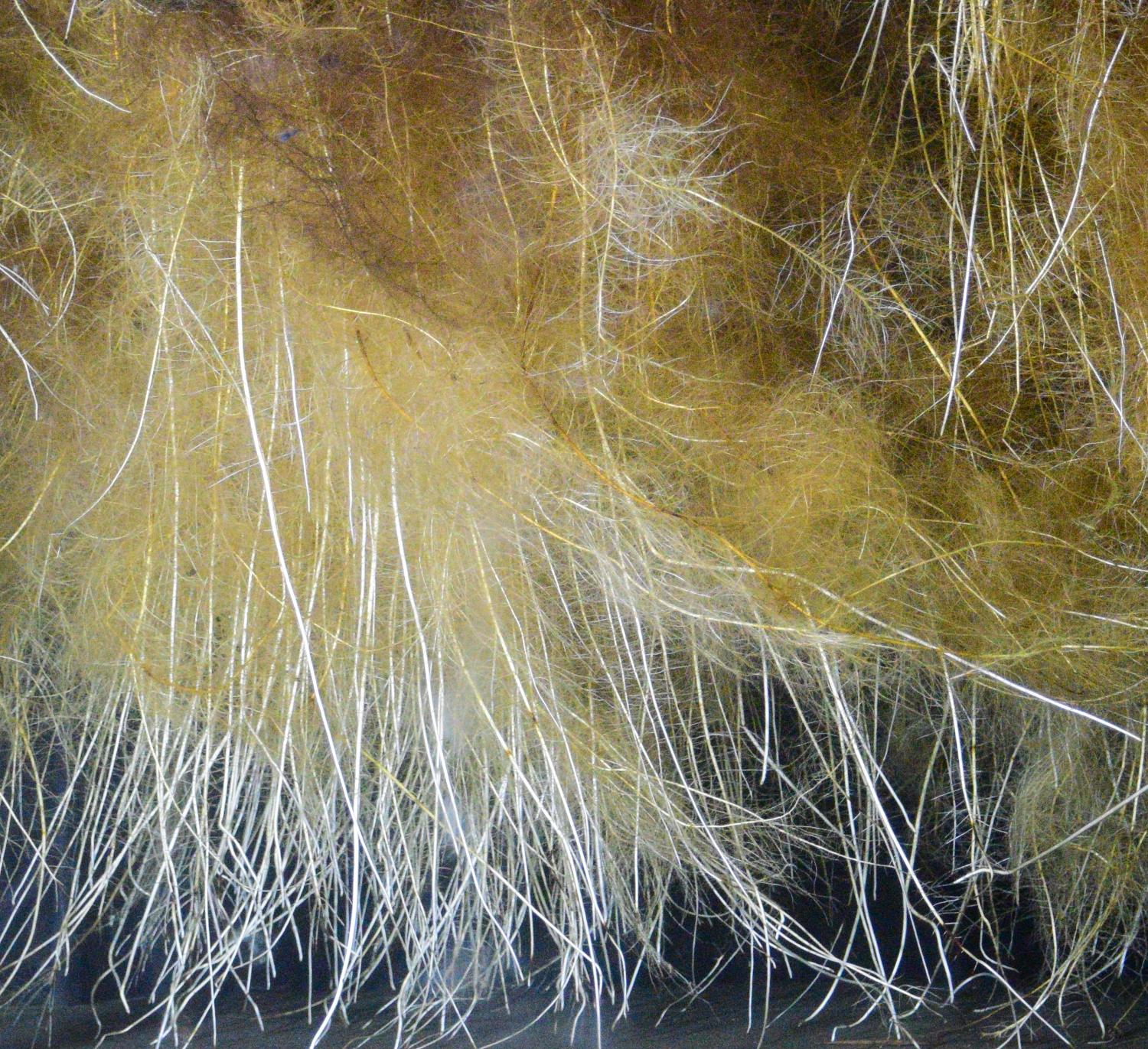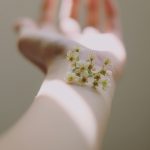When plants help us fight pollution
To help reduce or stabilize soil and water pollution, plants provide a rather effective yet inexpensive solution. They must be implemented on a case-by-case basis and could be used in a wide variety of sites.
According to the French Environment and Energy Management Agency (Ademe), 300,000 to 400,000 industrial or mining sites in France are potentially polluted, which represents a total of approximately 100,000 hectares or the equivalent of 140,000 soccer fields. Many of these sites are considered “orphans” since they have no known owner.
How can they be cleaned up? The most radical solution is to remove the polluted soil and store it in a suitable landfill site. But this is also one of the worst choices, since it is extremely costly and more importantly, not environmentally-friendly: it takes thousands of years for soil to form! This solution is therefore reserved for instances in which there is a dire need for land and in which the polluted soil poses a significant health risk. For example, if there is a plan to build a school. In all other cases, a more gradual approach is preferable. Researchers at Mines Saint-Etienne are developing methods for removing heavy metals (primarily lead, cadmium, cobalt, nickel, zinc, copper, chromium and arsenic) using plants — which is referred to as phytoremediation.
There are two major techniques for treating polluted soil using phytoremediation. Phytoextraction consists of growing plant species that can accumulate large amounts of heavy metals and tolerate them well. These plants must then simply be cut back from time to time and the clippings must be burnt in specialized incinerators, to gradually extract these metals. However, this decontamination method is slow as it takes between 10 and 100 years to completely decontaminate a site.
The other technique is phytostabilization, an approach adopted by researchers at Saint-Étienne: instead of removing the metals, they are made less dangerous. To do so, the pollutants are stabilized in situ. “Pollutants are dangerous when they are mobile,” explains Olivier Faure, a researcher at Mines Saint-Étienne. “This is the case when they leach into the water table, when animals graze on grass that contains the pollutant or in the event of mechanical erosion. But pollutants that are “trapped” have no impact on living organisms.” Since every polluted site is unique, methods must be chosen on a case-by-case basis, after analyzing the risks, which depend on the type of pollutant, how mobile it is, and the nature of the land: clay or sandy, acidic or basic, level of organic materials etc. Phytostabilization is mainly used on large uninhabited sites.
Trapping the pollution involves growing plants that accumulate the pollutants as little as possible, but which are able to resist them. It is thus the opposite of phytoextraction. These plants prevent wind and precipitation erosion and absorb a portion of the water, meaning that it will not find its way into the water table. In addition, their root systems change soil properties by stimulating microorganisms and by changing the chemical form of pollutants, which makes them less mobile. “These plants bring soil back to life, even if we do not yet understand all the mechanisms,” observes Olivier Faure. The researchers combine grasses, which quickly cover the soil, with legumes such as alfalfa, which fix the nitrogen in the air and enrich the soil. They sometimes add other species to enhance biodiversity, for example, plants in the Asteraceae family like dandelions, which attract pollinating insects.
These phytostabilization techniques have been tested to rehabilitate slag heaps, accumulations of waste from the metal industry which are rich in metal. “These slag heaps are largely inhospitable for plants since they contain very little organic matter or nitrogen and drain the water,” explains the researcher. “In partnership with Arcelor Mittal, we’ve developed a revegetation process which can be applied to this type of slag heap as part of the ANR program called Physafimm. To help establish the species, we restimulate soil development by providing ‘materials of agricultural value resulting from water treatment,’ which consist of sludge from water treatment plants composted with organic waste. We reach a vegetation recovery rate of 100 %.”
Cleaning up polluted water with floating wetlands
Using plants to clean up pollution is not limited to soil. Water can also be contaminated with hydrocarbons, suspended solids or metals. This is the case for example, for rainwater retention basins near highways. Researchers at IMT Atlantique are working on a simple solution: installing floating mats which incorporate plants (commonly known as “floating wetlands”). The roots develop in the fibrous mat and reach the water, where they form an extensive network. They serve a number of purposes: they act as a physical filter for specific pollutants and provide surface area to support the development of bacteria that break down or trap undesirables.
Karine Borne, who is now a researcher at IMT Atlantique, tested this solution at the University of Auckland in New Zealand, with a plant called Carex virgata. “Compared to a control basin without plants, we observed an additional reduction of 40% for suspended solids and good results for copper and zinc,” she says. “These results are completely transposable to France, especially in Brittany, where there’s a similar climate.” Such a reduction, even if it is only partial, often makes it possible to remain below the European limit values for good water quality.

Placed in the middle of a stream, the floating wetland traps heavy metals, in particular copper and zinc.
This system is easy to maintain. The above-ground parts of plants can be cut once a year to make them stronger. The roots die, break off and settle in the basin, along with the contaminants, to such an extent that it must be dredged more frequently. The sediments are analyzed, and depending on their toxicity level, are either recovered or sent to the landfill in accordance with the legislation.
In addition to stormwater remediation, this technique can be used as a tertiary treatment in industrial or domestic water treatment plants, following traditional treatment. This is especially important in summer, when rivers have low flows and are therefore vulnerable to the slightest pollution. Industrial facilities must therefore wait for autumn to discharge this water, which means they have to build huge storage lagoons. The plant-based solution is much easier to implement and it requires very little civil engineering.
Whether they are used for soil or water, plants are important allies in the fight against pollution. The solution must now be scaled up to an industrial level. “For soil, we’re at a pivotal stage between R&D and the first commercialized applications,” says Olivier Faure. “The Ademe encourages these approaches, with numerous calls for projects, but there are still some administrative and regulatory obstacles to overcome. The Regional Directorates for the Environment, Land Planning and Housing (DREAL) must approve the applications. They are reluctant for the moment, but should quickly change their position.”
Meanwhile, in January Karine Borne started research with her colleagues from the Energy Systems and Environment Department in collaboration with SVITEC, as part of the ANR FloWAT project. The aim is to test the water remediation technique as a tertiary treatment for the agrifood industry (slaughterhouses and poultry). There is still a long way to go before these techniques can be used on an industrial scale that is fully able to meet the challenges ahead.
Article written (in French) by Cécile Michaut, for I’MTech.





Leave a Reply
Want to join the discussion?Feel free to contribute!